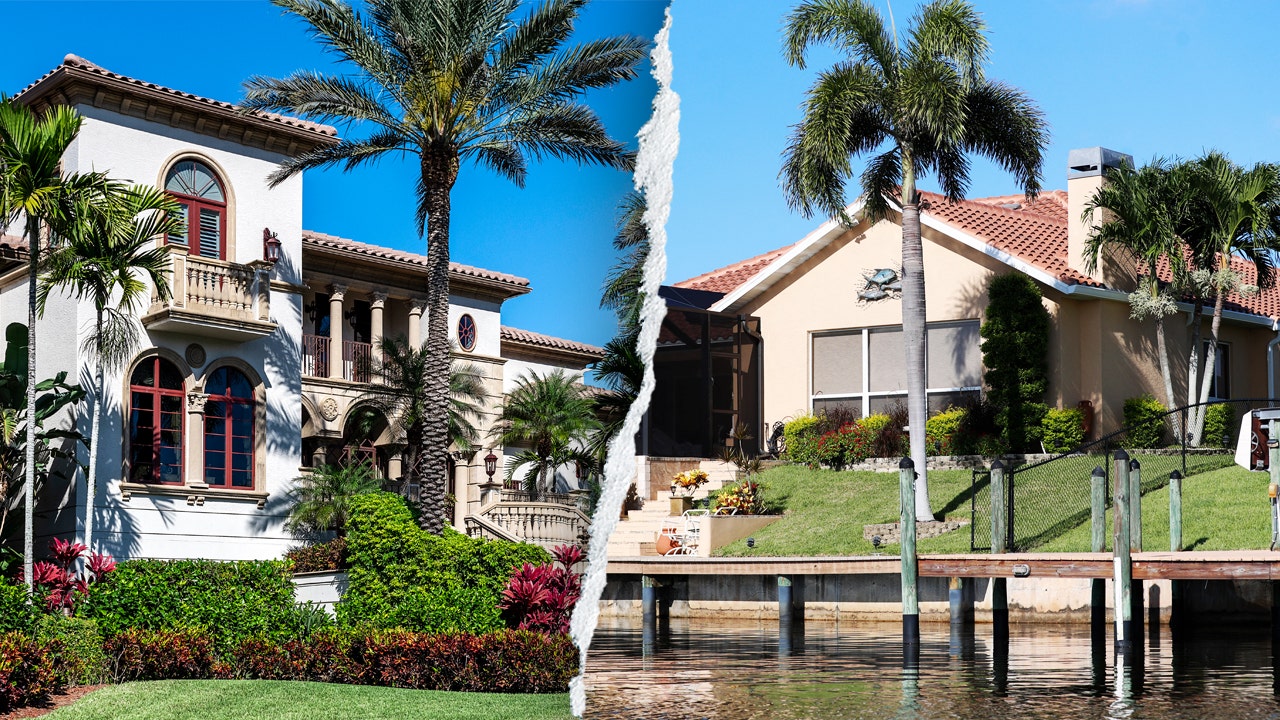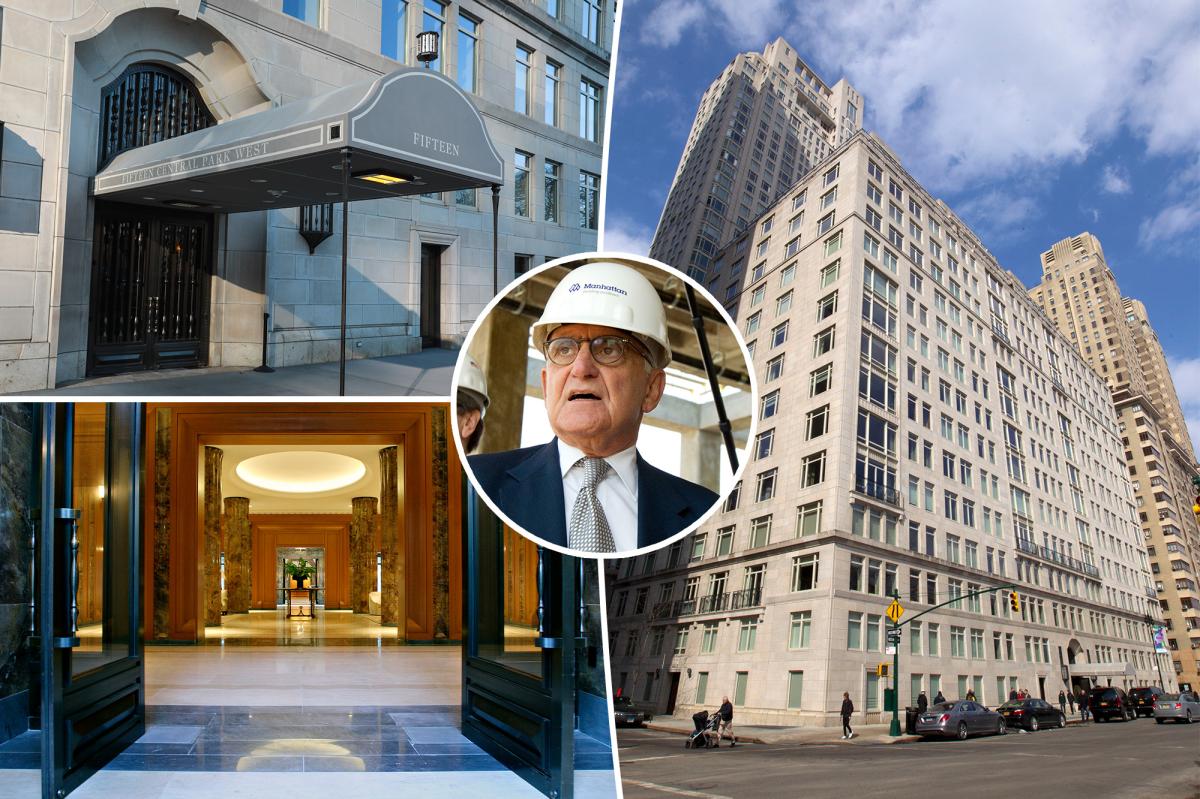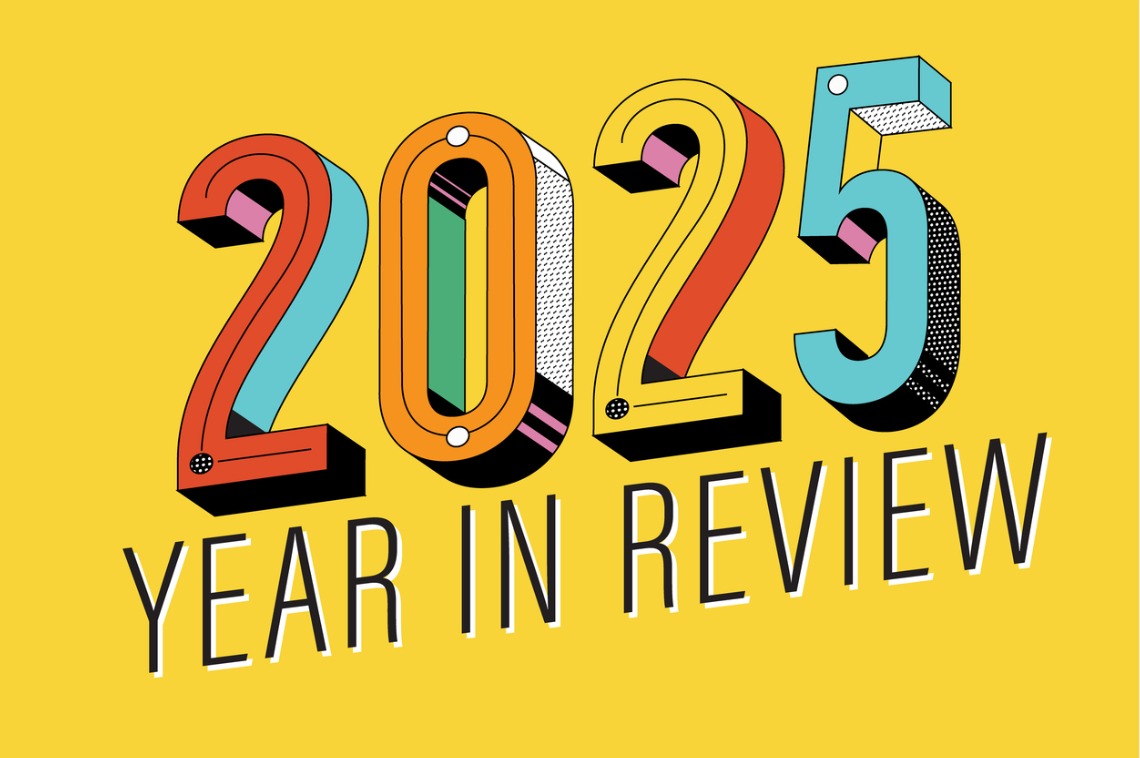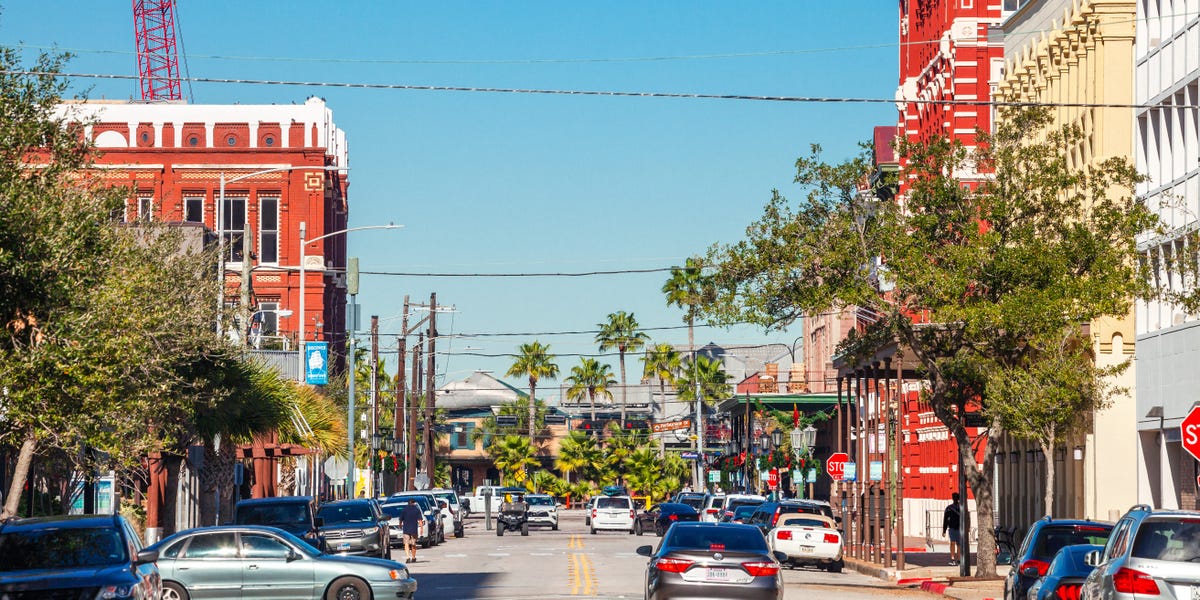C
ape Coral, just an hour from Naples on Florida’s Gulf Coast, earned the label “America’s worst housing market” after the Wall Street Journal reported that nearly 8 % of its homeowners owe more than their homes are worth and that prices have fallen for 12 of the past 13 months. In stark contrast, Naples is a hotbed for luxury real estate, with brokers marketing condos up to $70 million and developers launching $35 million beachfront villas that lure billionaires from New York to California.
Real‑estate leaders in Naples argue that the divergence signals a market “rebalancing” rather than a collapse. “If I had to pick one word, it would be rebalancing,” said Budge Huskey, CEO of Premier Sotheby’s International Realty, to Fox News Digital. He added that pending sales have surged beyond last year’s levels. Kolter Urban’s senior vice president, Ed Jahn, echoed this optimism, stating that despite seasonal ebbs and flows, the company expects an outstanding season across its portfolio.
Naples’ median home price is almost twice that of Cape Coral’s $343,431, according to Zillow. Waterfront properties in Naples command $5 million to $10 million, and the city’s new Olana Residences—a 12‑unit boutique high‑rise—offers private chefs, butlers, sommeliers, and even dog walkers, targeting multi‑eight‑figure buyers. The project is expected to generate significant sales.
The two markets differ sharply in buyer profiles and price points. While Cape Coral’s growth was driven by a 75 % median price increase during the early pandemic, Naples attracts a more affluent clientele seeking convenience and a lock‑and‑leave lifestyle. “Our buyers want convenience,” Jahn noted. “They’re drawn to the condo lifestyle, especially at Olana, which is a niche market with only 12 residences.”
Naples continues to rank among the top destinations for luxury living, offering a small‑town feel with all the amenities of a major city. The city’s understated wealth and relaxed pace appeal to buyers from Texas and California, and the market is expanding beyond secondary ownership to primary residences for tax reasons and off‑season use.
Despite the risks of hurricanes and rising insurance costs—South Florida homeowners faced an extra $500 per month last year—Huskey and Jahn remain confident. “It all boils down to convenience,” Huskey said. “Buyers today are more educated; we need to be ready to answer all their questions.” Jahn added that new developments are being built to higher standards, which brings additional expense but also attracts high‑net‑worth individuals.
In summary, Cape Coral’s struggles contrast with Naples’ luxury boom, illustrating a market rebalancing that positions Naples firmly on the world’s luxury stage. The city’s continued growth, driven by high‑end developments and a focus on convenience, suggests a resilient future for Southwest Florida’s real‑estate market.














